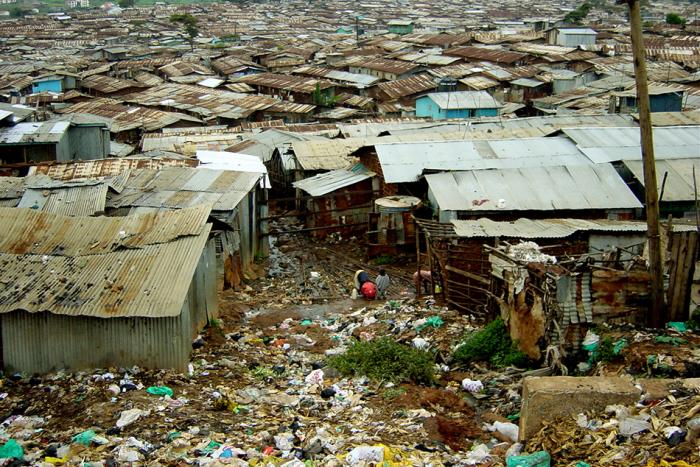“It tastes like meat” would, in any other case, be the very least you could expect from a hamburger, but yesterday it was something else: Evidence that efforts to build a reasonable facsimile of meat without all the industrial feedlots and associated slaughterhouses might actually be possible. Researcher Mark Post has spent the last few years trying to build a hamburger patty out of meat grown from stem cells in a lab, and yesterday two people got to taste the not-quite-fruits of his labour. In London, a food writer and researcher were each fed part of a $330,000 patty and declared it mostly edible and “not unpleasant.” It’s a start.
Why grow meat in the lab instead of on the hoof as we have since we tamed the ancestor of the McRib 10,000 years ago? For starters, there are the environmental concerns. The authors of one paper have estimated that lab-grown meat would use 35 percent less energy, 98 percent less land, and emit as much as 95 percent fewer carbon dioxide emissions. So if the frankenfood industry can just bring prices way, way down and spend enough advertising dollars to get people over the ick factor, there’s a serious public good here.
Of course, we already have a technology to reduce the harms that meat production brings with it, and it’s not mysterious—we call it “eating less meat.” And while this inevitably sounds preachy, the great thing about it is that fundamentalism is not required, and incrementalism works: eating less meat is better than eating more. The evidence suggests that it’s entirely possible to have a wealthy, civilized country that eats a third as much meat as the American or Canadian average.
What is true is that we have no evidence of a wealthy country entirely made up of vegans, and while that’s arguably a pity, it means that if we want to lift billions of people out of poverty, we have to plan how we’re going to feed an additional three billion middle-income people by 2050, if the UN’s demographic projections are accurate. The UN, for its part, has suggested eating insects as a way of feeding those extra mouths, which may put the frankenmeat ick factor in perspective.
Meanwhile, we can’t underestimate the environmental consequences of our “natural” meat consumption. Industrial cattle-rearing is basically a crime against nature, and modern fishery practices aren’t much better. Pacific bluefin tuna stocks have collapsed by 96 percent according to a report from earlier this year. People who are skeptical of humanity’s ability to seriously upend the ecology of the planet should re-read that sentence: We’re emptying the oceans of fish. Global warming doesn’t seem like too much of a reach now, does it?
So long as humans have a fondness for animal protein and the money to get it, we’re going to have to figure out ways to feed ourselves—and if possible, it would be nifty if we could leave at least some part of the planet for wild animals to thrive in. Maybe lab-grown meat will never make it—it will, after all, have to come down in price by many orders of magnitude before it’s a plausible substitute. But the alternative isn’t the status quo. It’s a world without any wild places left, as we scrape the last fish out of the seas and turn the rainforests in to cattle ranches. Against that, it might be worth learning some new recipes for lentils.






